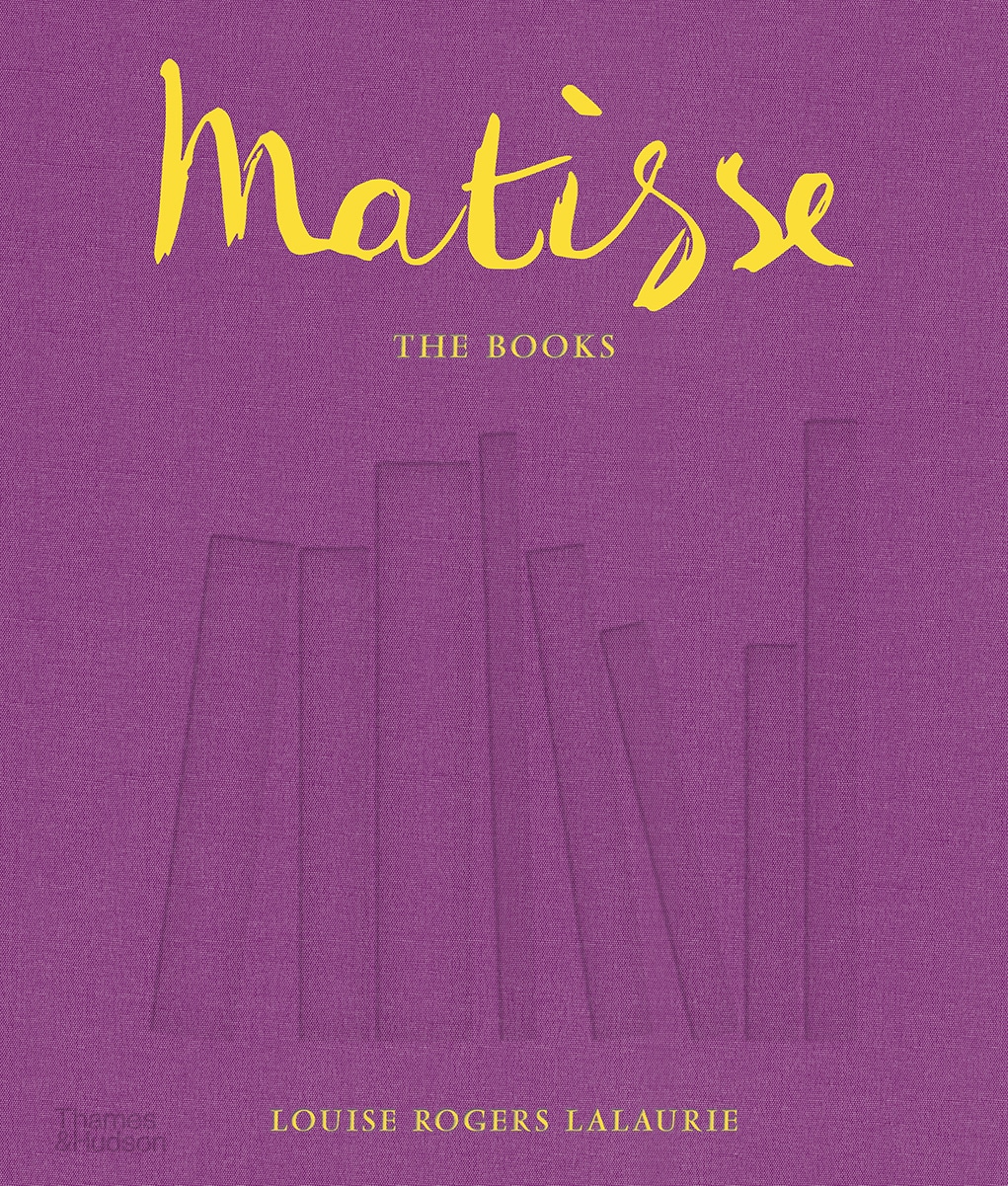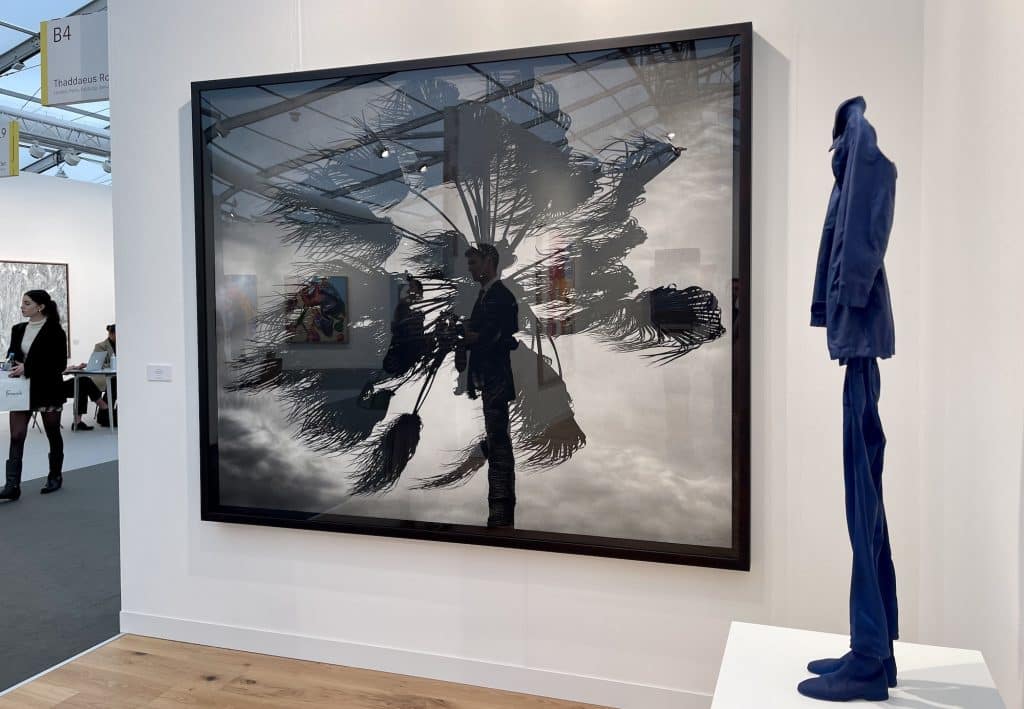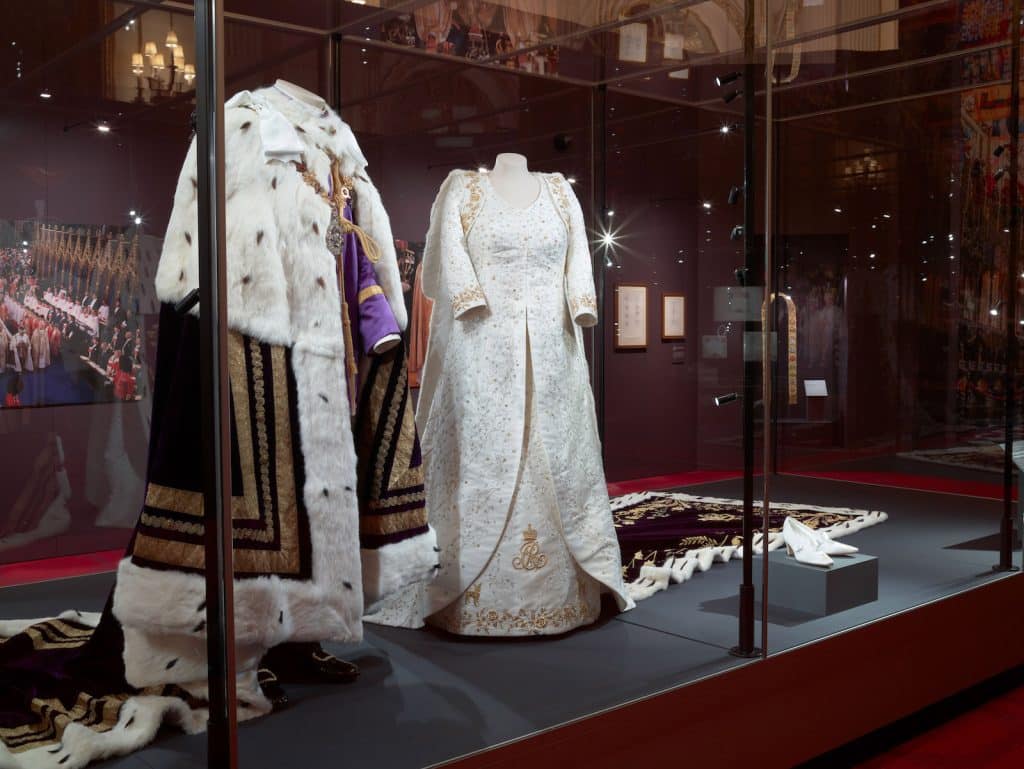Matisse: The Books, just published by Thames & Hudson, is the latest welcome addition to the already well recorded story of this great artists life. The focus is on a less widely known aspect of Henri Matisse’s work: The livre d’artiste, or ‘artist’s book’. It is published at about the same time as the opening of the postponed exhibition at the Centre Pompidou in Paris, scheduled for the 150th anniversary of his birth. The exhibition examines the way literature acts as a creative soil for the painter and covers some of this same, little examined, ground.
Given that we currently have little opportunity to visit the exhibition, and even less to see the extraorinarily rare and coveted publications Matisse: The Books is as close as we are likely to get to these remarkable editions.
Created over a period of eighteen years, towards the end of his life, Henri Matisse produced some of the greatest artist books ever made containing some of his best-known graphic works. In Jazz, the cut-out silhouette of Icarus plummets through the azure, surrounded by yellow starbursts, his heart a mesmerising dot of red.
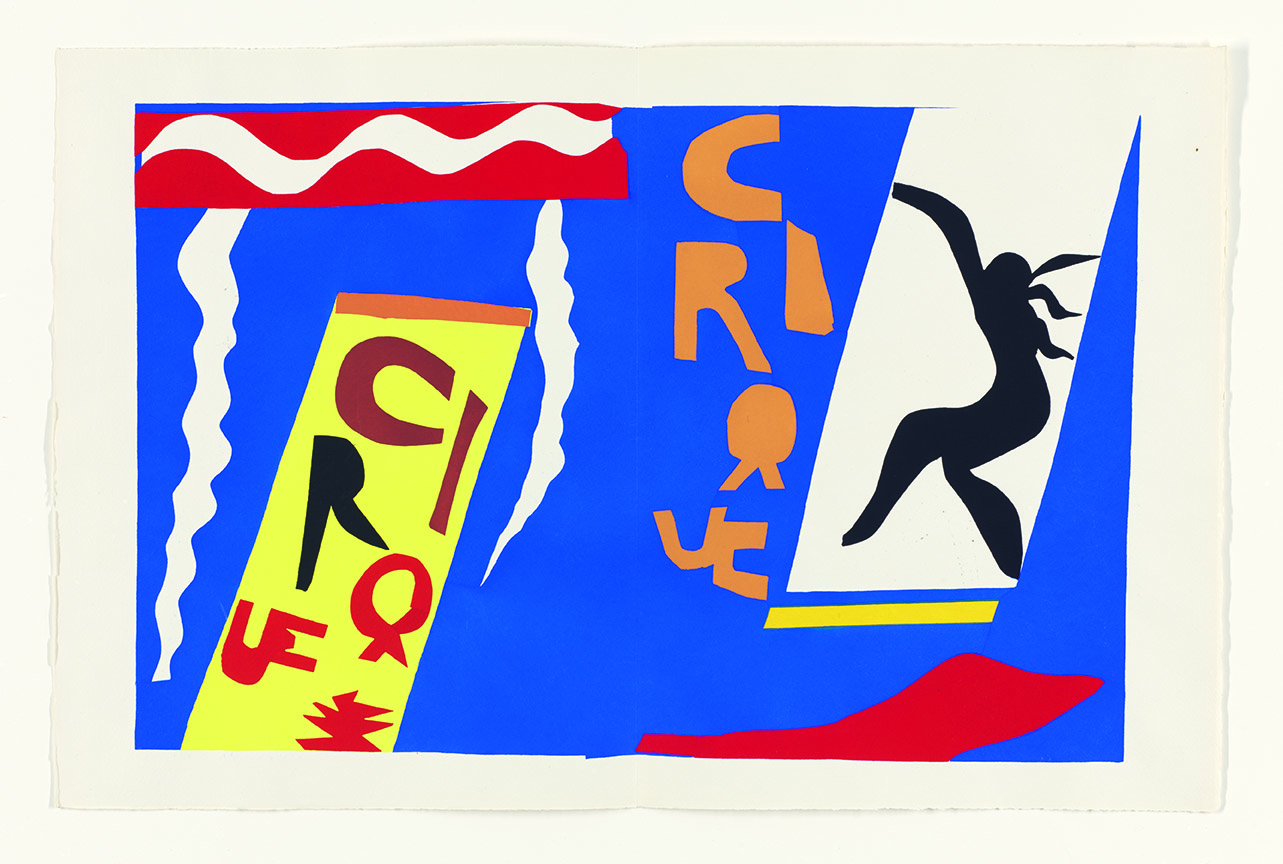
The belligerent swan from the Poésies de Stéphane Mallarmé, or the vigorous linocut profile from Pasiphaé (1944), reversed in a single, rippling stroke out of a lake of velvety black. Other works revisit some of Matisse’s most well known paintings, such as The Dance.
These individual images are well known. However their place in the artists books as part of an integrated sequence of pictures, decorations and words is not. In Matisse: The Books, Louise Rogers Lalaurie considers how in each of eight rare volumes, the artist combined pictorial and textual expression to such magnificent effect.

The period from 1932 to 1950, when these were made, was one of upheaval and suffering for Matisse. He suffered marital breakdown, near-fatal illness and the terrors of war in Europe. Through this tumult Matisse engaged with some of France’s greatest poets and discovered his own distinctive voice. Furthermore this re-direction of his artistic energies catalysed a release from painting and led directly towards his monumental, decorative later works.
The author frequently uses the Louis Aragon, the French surrealist, poet, novelist and biographer of Matisse, to frame the chapters: “Over 18 years, renewing the very concept of illustration, this great painter, in his major books, invariably identified with and aspect of his text … Entirely as if … Matisse used books to tell the story of his life.”
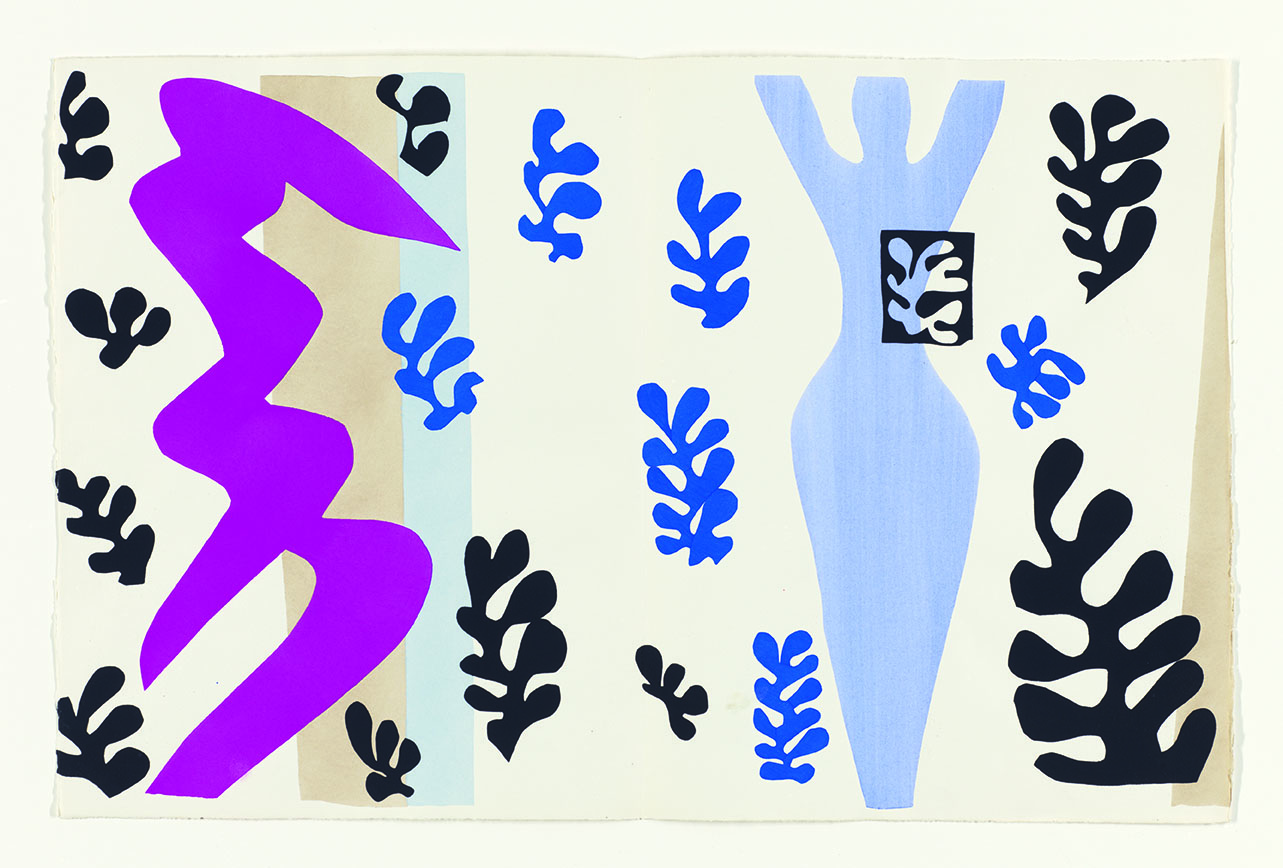
Louise Rogers Lalaurie carefully and sensitively explores this relationship with an eclectic selection of poetry, drama together with Matisse’s own words. Alongside them images from the books provide an inspiring portrait of the artists regeneration and creative powers.

Each artist book is dealt with in turn, pages from the books and illustrations alternating with the story of their creation as well as translations of key sequences and discussions of their distinct themes.
Together Matisse’s artist books reveal his deep engagement with questions of beauty and truth; his faith; his perspectives on ageing, loss, and inspiration; and his relationship to his critics, the French art establishment and the women in his life. In addition, Matisse: The Books illuminates the artist’s often misunderstood political affinities – in particular, his decision to live in the collaborationist Vichy zone throughout World War II.
We start with Poesies de Stephane Mallarme and Matisse’s beautiful and delicate etchings via others like Dessins, Themes & Variations where his illustrations vary from woodcut to fine ink line sketches and intense charcoal drawings.

We see, amongst others, Floriledes Amours de Ronsard illustrated in almost whimsical crayon lithographs, Pasiphae; Chant de Minos featuring deep black linocuts and the simple lithograph drawings dominate Beaudelaire’s Les Fleurs du Mal.

The book culminates with the masterpiece of Jazz. Acclaimed by scholars and critics as the work that marked Matisse’s transition from paintings to ‘cut-outs’.
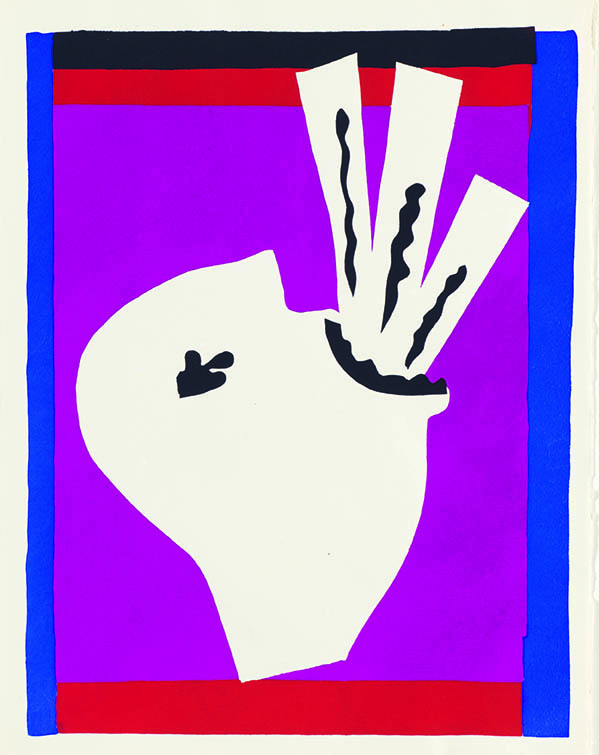
It is a dazzling piece of work whose publication was, surprisingly, a disappointment to the artist who called it ‘an absolute failure’ due to, what he perceived as, poor print reproduction. However this only served to drive him on, determined that future cut-outs that must ‘stay as they are: originals, gouaches.’
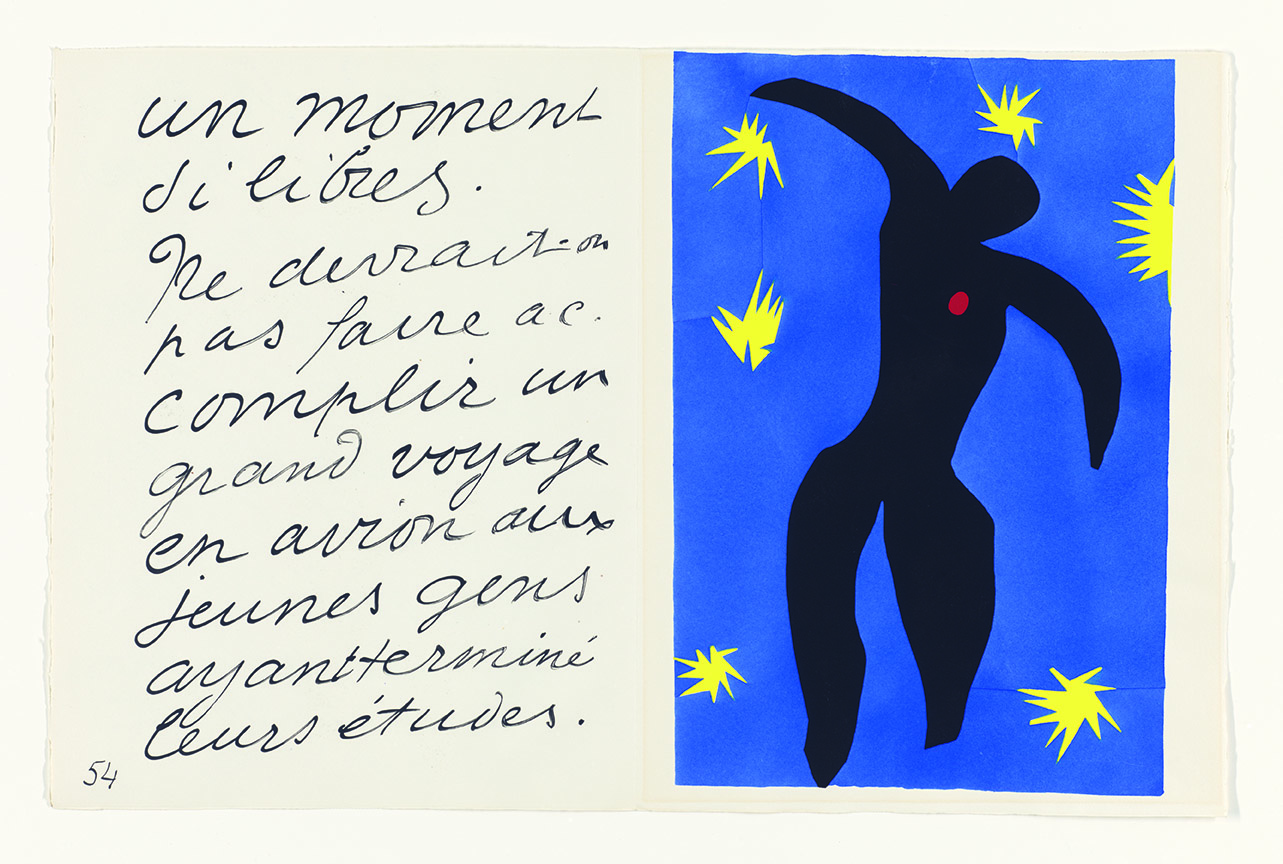
Matisse stated ‘… it may be that a great upheaval is coming in my work.’ Just six years before his death the inspiration drawn, at least in part, from the production of Jazz, opened the way to a remarkably productive final chapter for the artist.
For more information visit Matisse: The Books by Louise Rogers Lalaurie
To visit Thames & Hudson visit here
To purchase Matisse: The Books visit here
For our curated recommendations for Art, Culture, Design and Architecture books visit the CELLOPHANELAND* bookstore





